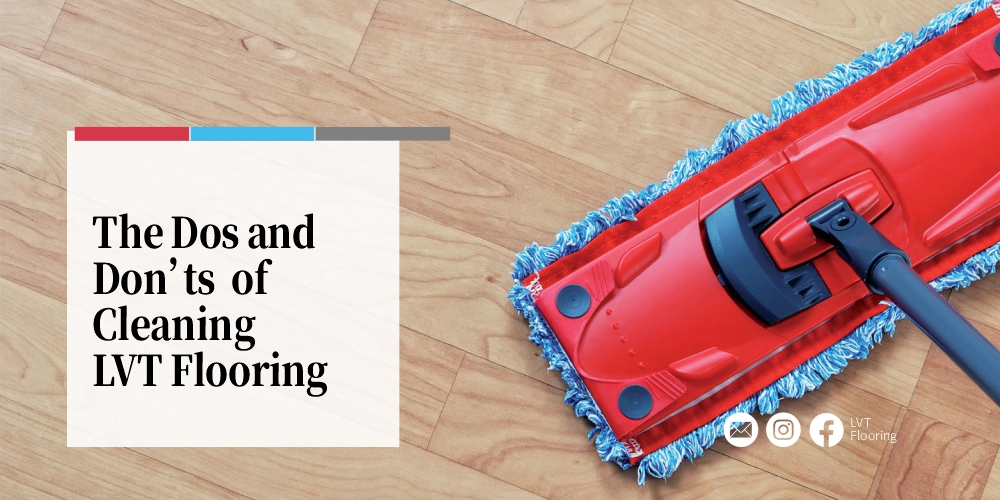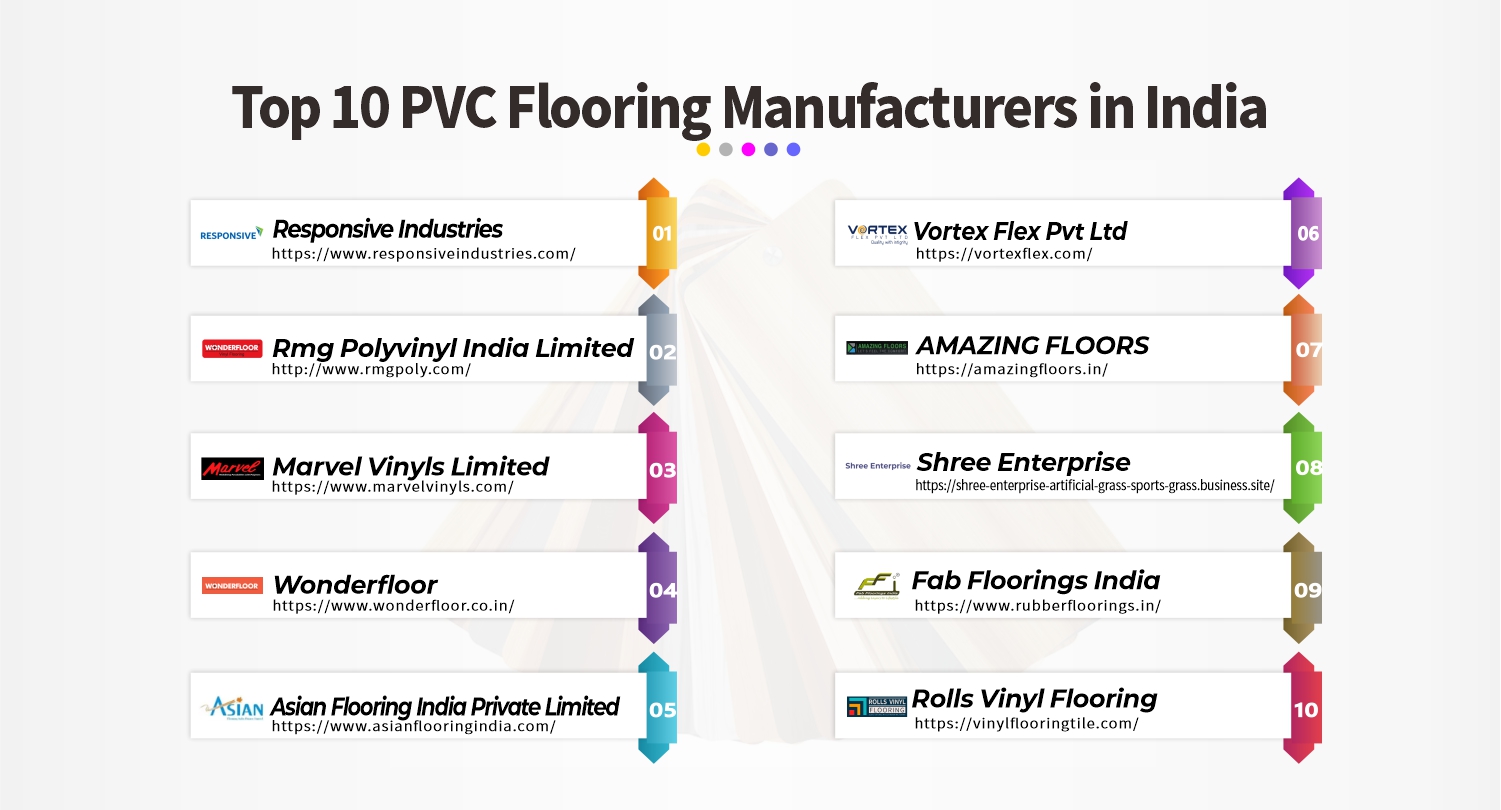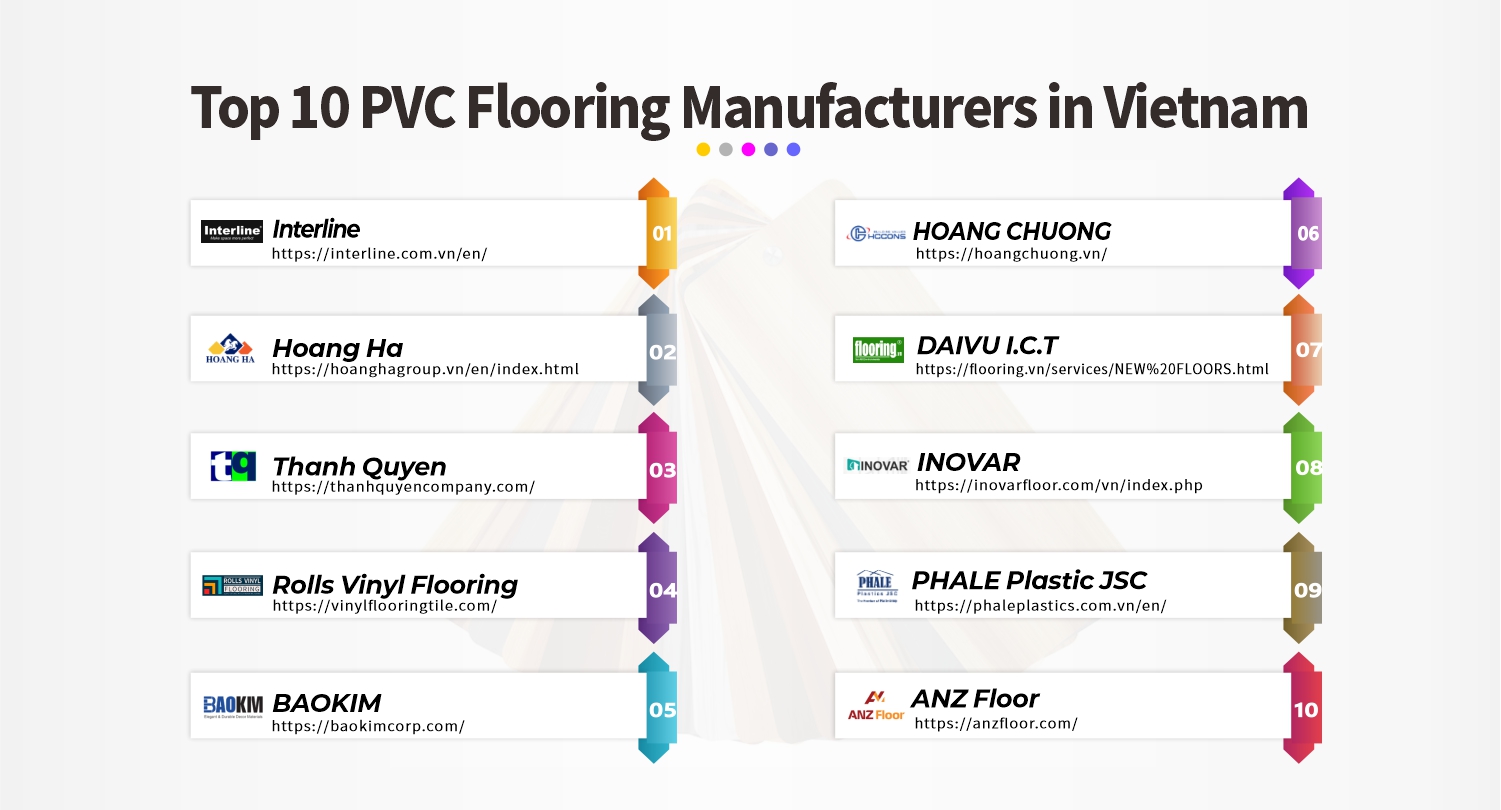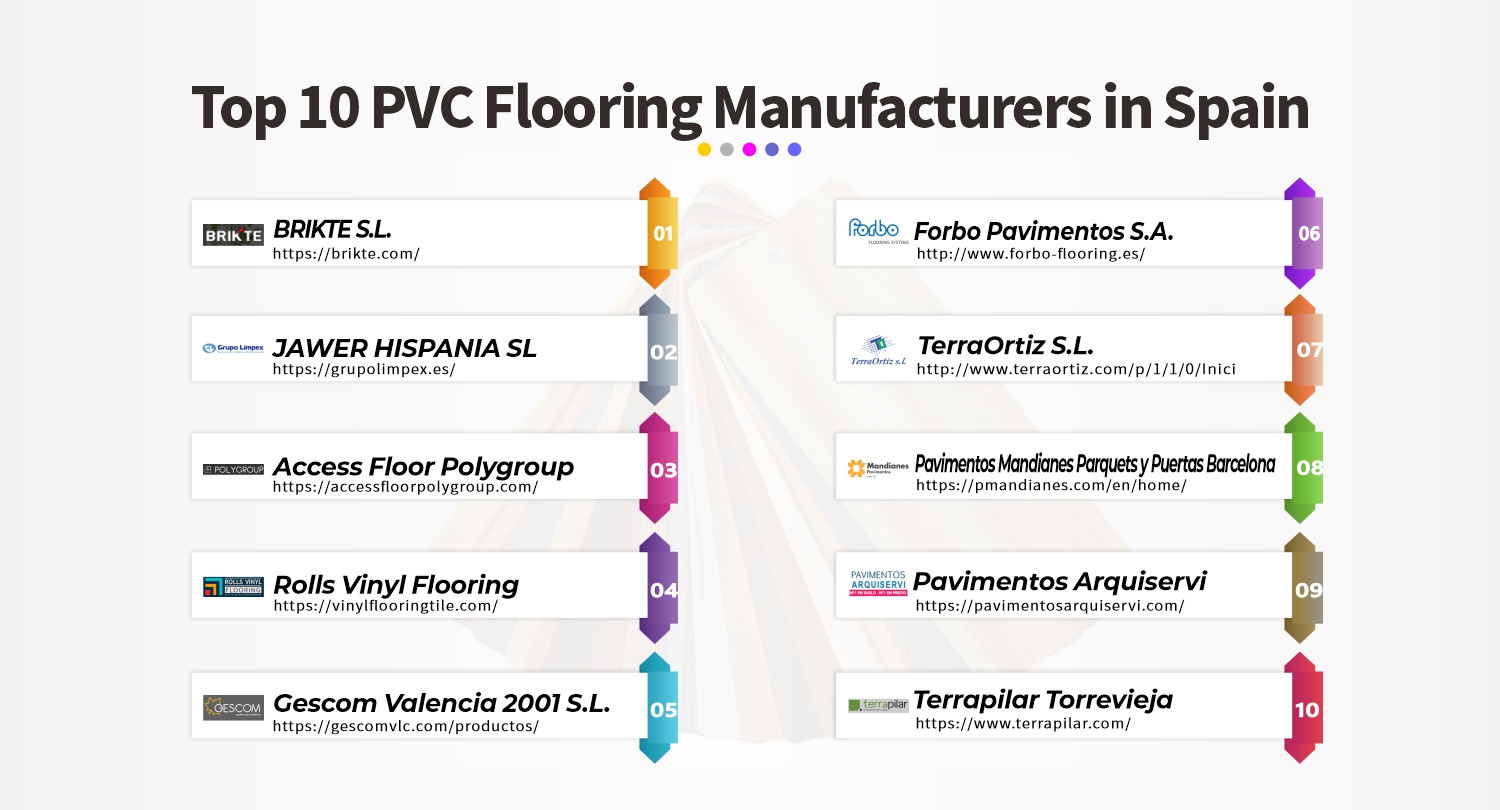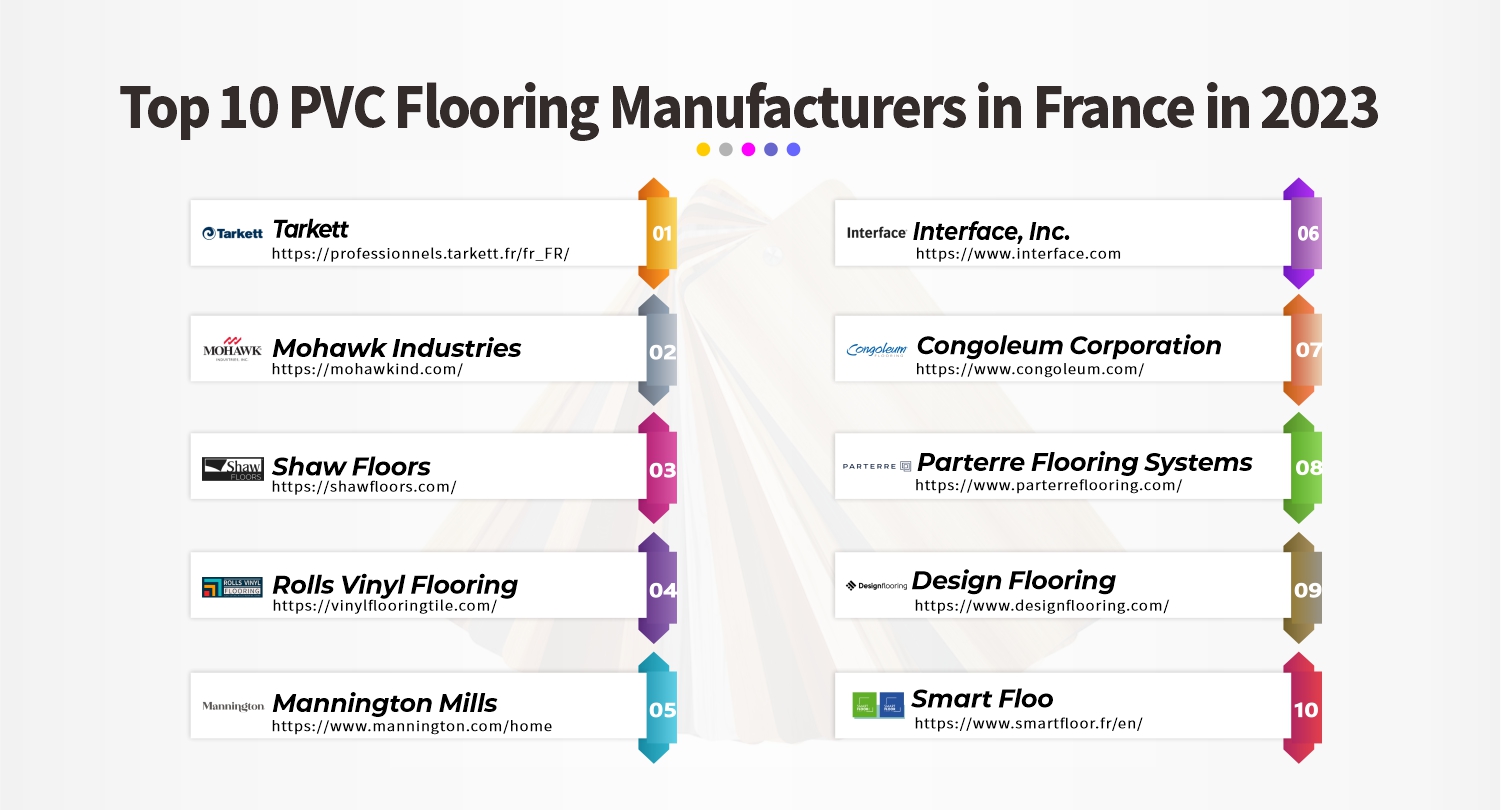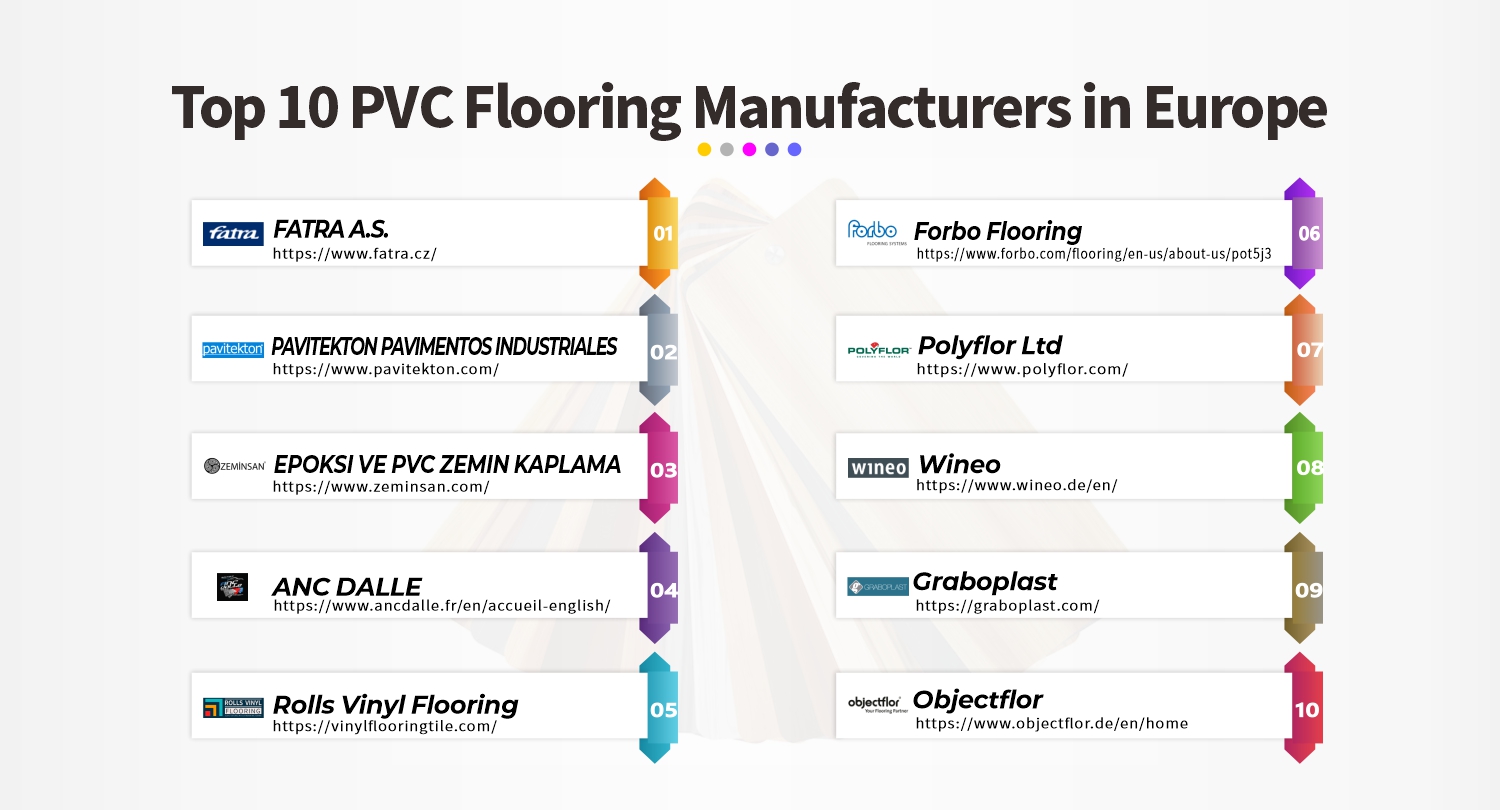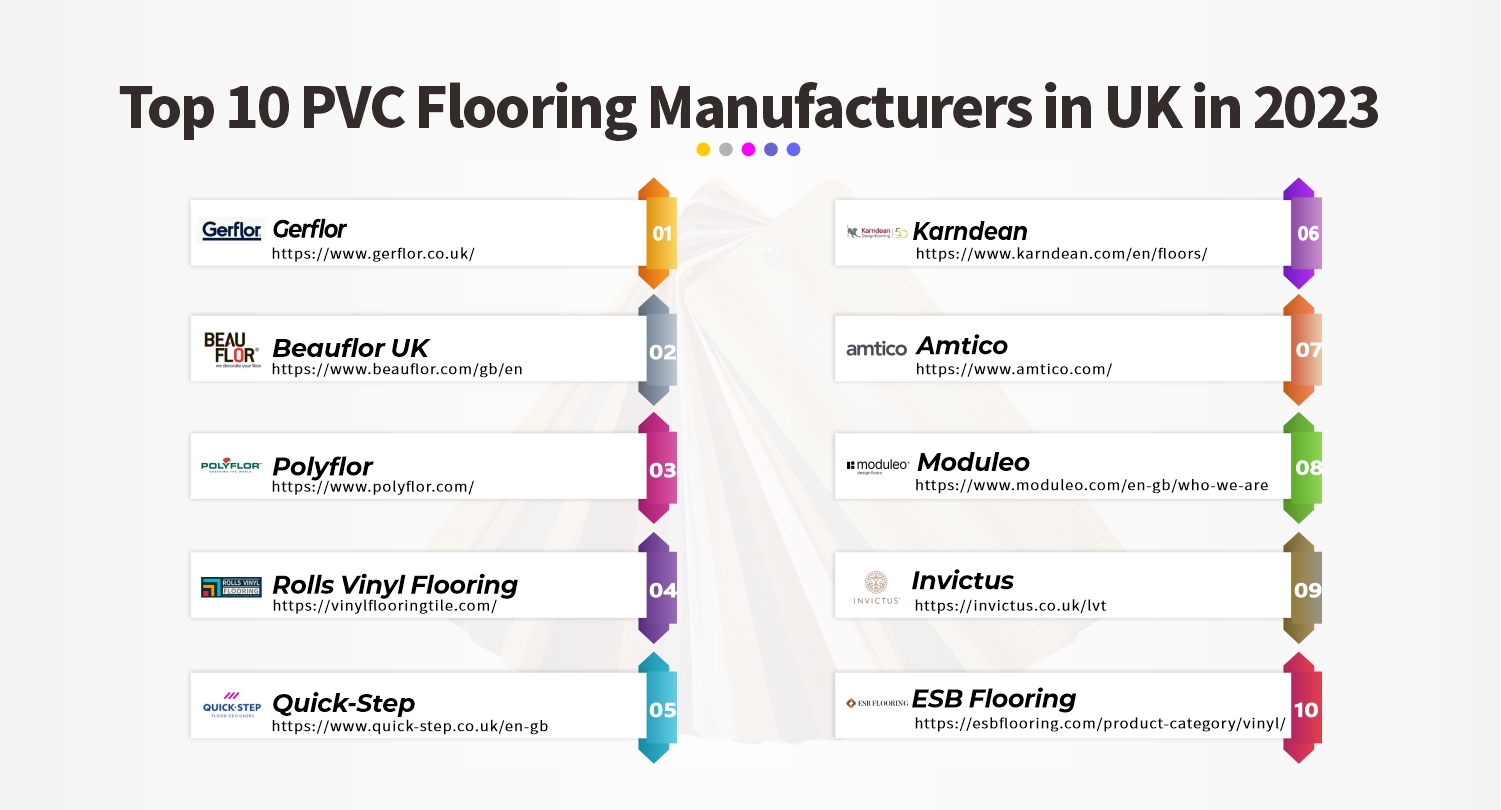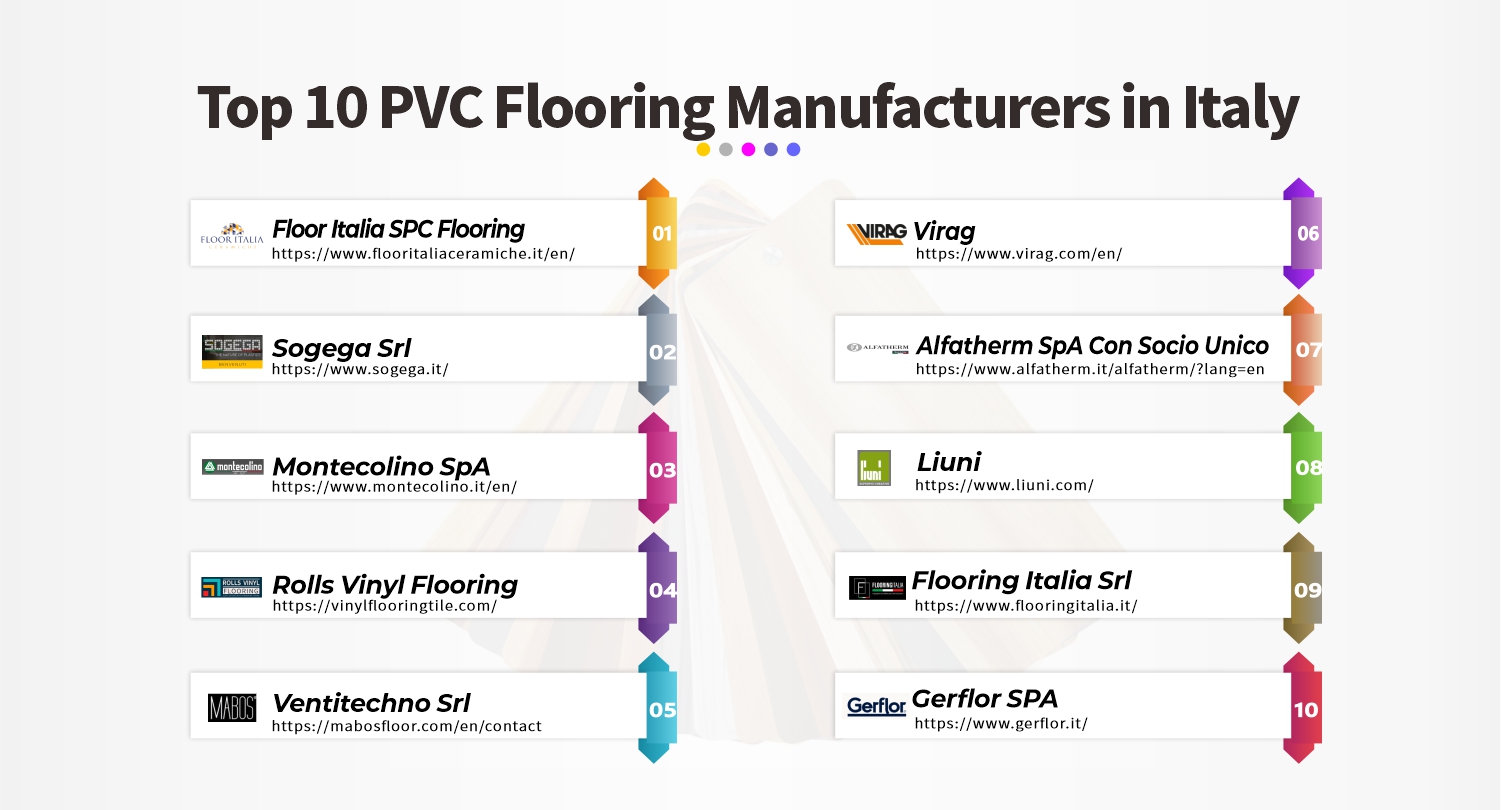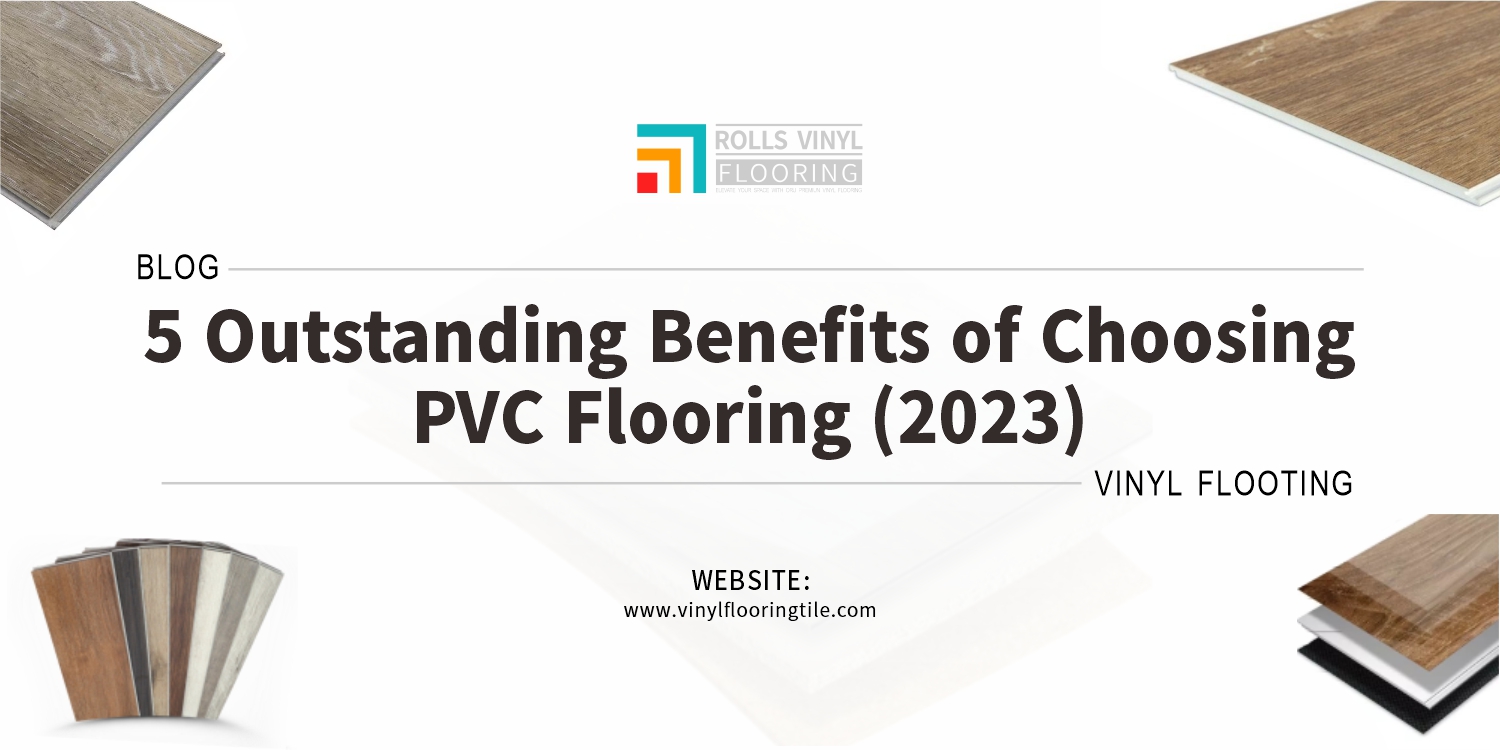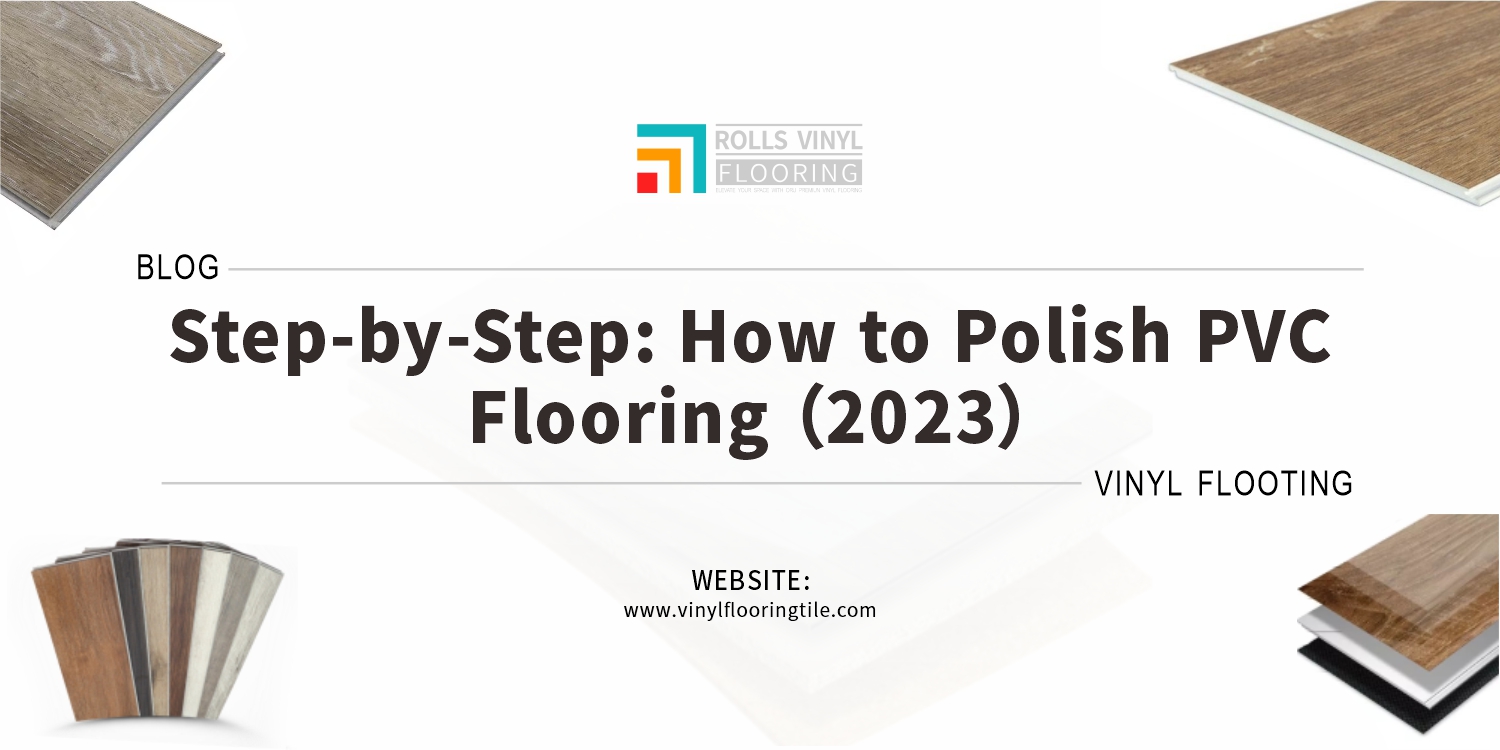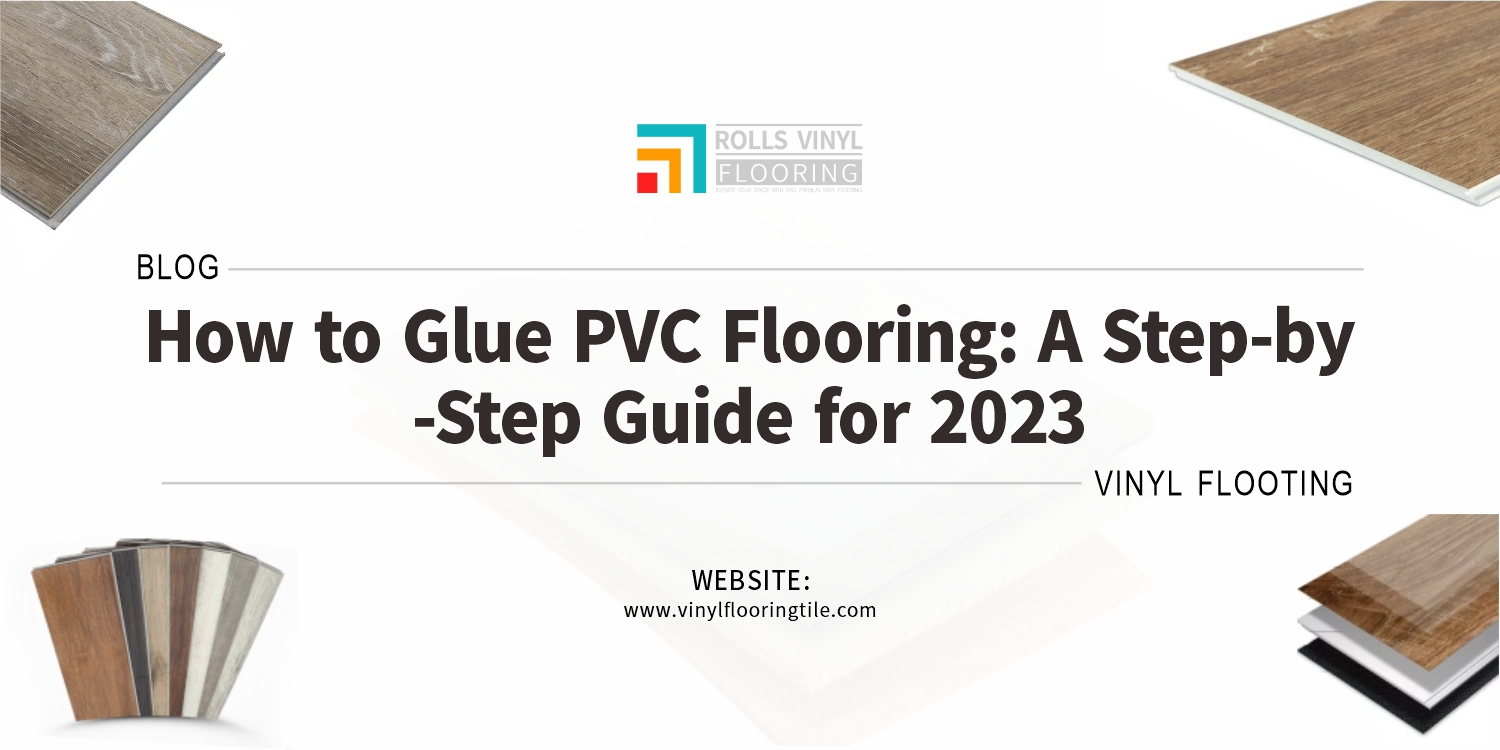As an LVT flooring owner, maintaining its beauty and durability is crucial. In this article, we’ll provide you with the ultimate guide on the dos and don’ts of cleaning LVT flooring. From the proper cleaning techniques to avoid damaging the floors to the cleaning agents to use and avoid, we’ve got you covered.
The Dos of Cleaning LVT Flooring
Regularly sweep and vacuum the flooring.
Use a pH-neutral cleaner for mopping.
Clean spills and stains immediately
Use a non-abrasive scrubber for tough stains.
Place doormats at entrances to minimize dirt and debris.
The Don’ts of Cleaning LVT Flooring
Don’t use harsh or abrasive cleaners.
Don’t use excessive water during mopping.
Don’t use steam mops.
Don’t use wax or polish on LVT flooring.
Don’t use mats with rubber or latex backings.
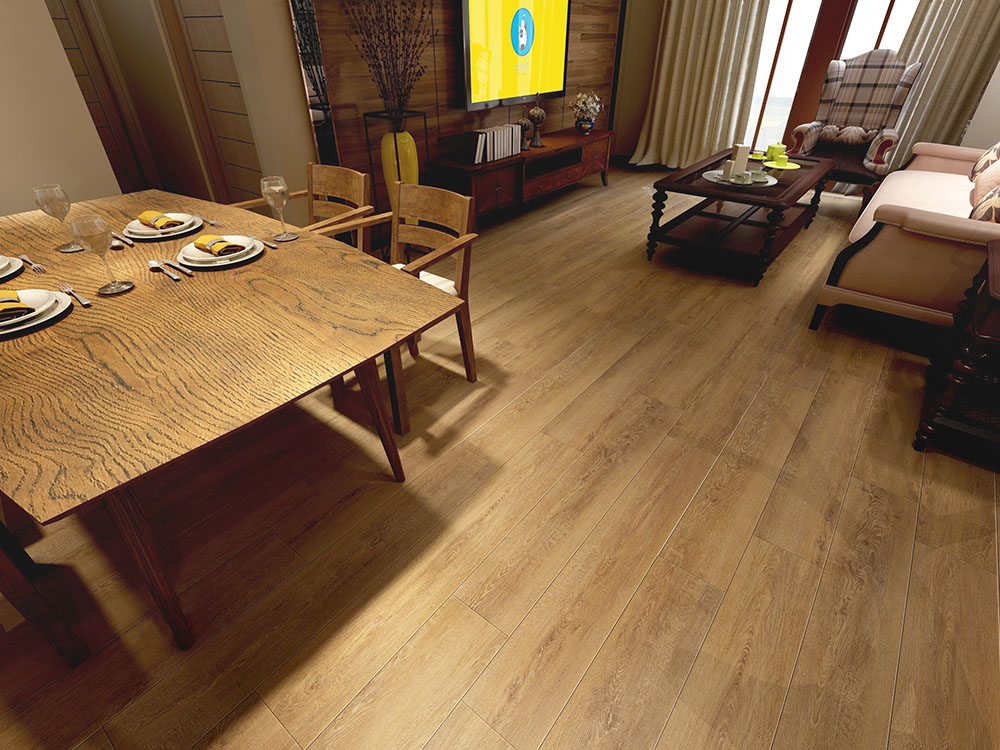
With our comprehensive guide, you’ll learn how to effectively remove dirt and grime from your LVT flooring without causing any harm. We’ll also provide tips on how to prevent scratches and scuffs and extend the life of your floors.
1. Definition of LVT Flooring
LVT flooring, or luxury vinyl tile flooring, is a type of flooring that is made of vinyl materials and is designed to look like real tile, stone, or wood flooring. It is a popular alternative to traditional flooring options like laminate flooring or hardwood, and it is known for its durability, affordability, and low-maintenance properties.
LVT flooring is typically available in a variety of styles, patterns, and colors, making it a versatile option for any home or commercial space. One popular type of LVT flooring is luxury vinyl plank flooring, which mimics the look and texture of real hardwood planks.
When it comes to cleaning vinyl plank flooring, it is important to use the proper techniques to maintain its appearance and prolong its lifespan. The first step in cleaning vinyl plank floors is to remove loose dirt and debris with a vacuum cleaner or broom. Be sure to use a vacuum cleaner without a beater bar, as this can damage the surface of the vinyl flooring.
For more stubborn dirt or stains on vinyl plank flooring, a soft cloth and a mild cleaning solution can be used. Avoid using abrasive cleaners or wax polish on vinyl flooring, as this can cause damage or discoloration. When cleaning vinyl plank flooring, it is also important to be cautious of table and chair legs, as they can scratch the surface if not properly protected.
Overall, LVT flooring is a popular and durable flooring option that can mimic the look of traditional flooring materials at a fraction of the cost. With proper maintenance and cleaning, vinyl flooring can provide a clean and attractive floor surface for many years.
2. Importance of cleaning LVT flooring
Cleaning LVT flooring is of utmost importance for maintaining its appearance, durability, and longevity. LVT flooring, also known as luxury vinyl flooring, is a popular choice for its affordable cost and resemblance to traditional flooring materials like hardwood and tile. However, if LVT flooring is not cleaned properly, it can lose its shine, become discolored, and even warp or crack over time.
One of the most important aspects of cleaning LVT flooring is vacuuming regularly. Loose dirt and debris can scratch the surface of the vinyl floors, leading to long-term damage. By vacuuming regularly with a vacuum cleaner that does not have a beater bar, you can remove dirt and debris without damaging the floor.
In addition to regular vacuuming, it is also important to clean vinyl plank flooring using the proper cleaning techniques. A soft cloth and mild cleaning solution can be used to remove stubborn dirt and stains without causing damage to the surface of the floor. Abrasive cleaners or wax polish should be avoided, as these can cause discoloration or damage to the surface of the floor.
Stains should be removed as soon as possible to prevent them from setting in and becoming more difficult to remove. Using a mild cleaning solution and a soft cloth, gently rub the stained area until it is removed. For more stubborn stains, a specialized vinyl floor cleaner can be used, but be sure to follow the manufacturer’s instructions carefully.
Keeping vinyl plank flooring clean is crucial for maintaining its appearance and longevity. By vacuuming vinyl flooring regularly, cleaning vinyl flooring properly, and removing stains promptly, you can ensure that your LVT flooring remains in top condition for years to come. With proper care and maintenance, LVT flooring can be a durable and affordable flooring option that provides a floor clean and attractive surface for any space.

3. The Dos of Cleaning LVT Flooring
A. Regularly sweep and vacuum the flooring:
One of the most important things you can do to maintain the appearance and longevity of your LVT flooring is to regularly sweep and vacuum the flooring. This will help prevent loose dirt and debris from scratching the surface of the vinyl floor. Be sure to use a vacuum cleaner with a soft brush attachment or a vacuum cleaner without a beater bar to avoid causing any damage to the surface of the floor. It is recommended to vacuum at least once a week, or more frequently if the floor experiences heavy traffic.
B. Use a pH-neutral cleaner for mopping:
When it comes to mopping LVT flooring, it is important to use a pH-neutral cleaner to avoid causing damage or discoloration to the surface of the floor. A pH-neutral cleaner is designed to have a neutral pH level, which means it is neither acidic nor alkaline. Using a cleaner with a high pH level can cause discoloration, while a cleaner with a low pH level can cause damage to the surface of the floor. It is recommended to dilute the cleaner according to the manufacturer’s instructions and to avoid using too much water, as excess water can damage the flooring.
C. Clean spills and stains immediately:
To prevent stains from setting in and becoming more difficult to remove, it is important to clean spills and stains immediately. Using a soft cloth or paper towel, blot the spill or stain gently until it is removed. Avoid rubbing the stain, as this can spread it further. For more stubborn stains, a non-abrasive scrubber can be used, but be sure to test it in an inconspicuous area first to avoid causing any damage.
D. Use a non-abrasive scrubber for tough stains:
For tough stains that cannot be removed with a soft cloth or paper towel, a non-abrasive scrubber can be used. Be sure to use a non-abrasive scrubber to avoid scratching the surface of the floor. It is also important to avoid using harsh chemicals or abrasive cleaners, as these can cause damage or discoloration to the surface of the floor.
E. Place doormats at entrances to minimize dirt and debris:
To minimize the amount of dirt and debris that enters your home or business, it is recommended to place doormats at entrances. This will help prevent dirt and debris from being tracked onto your LVT flooring, which can cause damage or discoloration over time. It is also recommended to remove shoes before entering the home or business to further minimize the amount of dirt and debris that enters.
4. The Don’ts of Cleaning LVT Flooring
A. Don’t use harsh or abrasive cleaners:
Using harsh or abrasive cleaners on LVT flooring can cause damage to the surface of the floor. This includes cleaners that contain bleach, ammonia, or abrasive particles. These cleaners can cause discoloration, scratches, and other damage to the surface of the floor. Instead, use a pH-neutral cleaner that is specifically designed for use on vinyl floors.
B. Don’t use excessive water during mopping:
Using excessive water during mopping can cause damage to LVT flooring. Too much water can seep into the seams and edges of the flooring, causing it to warp or buckle over time. Additionally, excessive water can also damage the adhesive that holds the flooring in place. It is recommended to use a damp mop and to wring out excess water before mopping.
C. Don’t use steam mops:
While steam mops may seem like a convenient way to clean LVT flooring, they can cause damage to the surface of the floor. The high heat and moisture from steam can cause the floor to warp or buckle, and can also damage the adhesive that holds the flooring in place. It is recommended to avoid using steam mops on LVT flooring.
D. Don’t use wax or polish on LVT flooring:
LVT flooring is designed to have a protective layer on the surface that provides durability and scratch resistance. Using wax or polish on LVT flooring can cause buildup and can damage the protective layer over time. Additionally, using wax or polish can also make the floor slippery and dangerous to walk on. It is recommended to avoid using wax or polish on LVT flooring.
E. Don’t use mats with rubber or latex backings:
Mats with rubber or latex backings can cause damage to LVT flooring. The rubber or latex can react with the chemicals in the flooring, causing discoloration and damage over time. It is recommended to use mats with a non-slip backing made of a material that is safe for use on vinyl floors, such as vinyl or PVC.
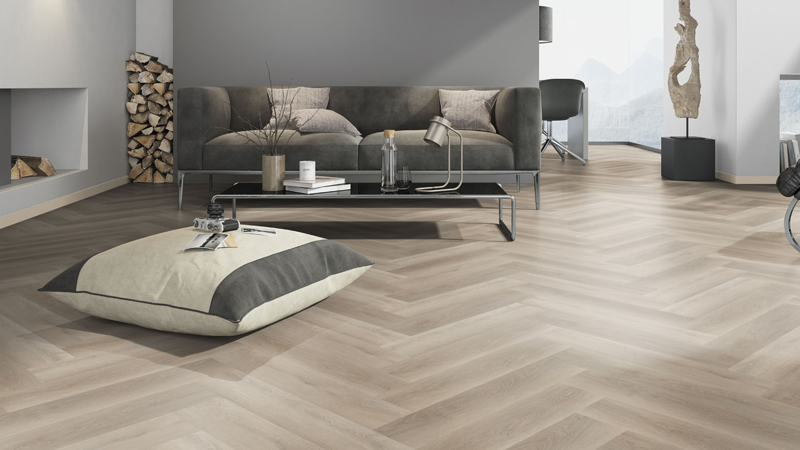
5. Here are the 4 best ways to clean LVT flooring.
- Sweep or Vacuum:
Sweeping or vacuuming the LVT flooring regularly is the best way to prevent dirt and debris from building up on the surface. Use a soft-bristled broom or a vacuum cleaner with a soft brush attachment to remove loose dirt and debris from the floor. Avoid using vacuum cleaners with a beater bar as they can cause scratches on the surface of the floor.
- Mop with a Homemade LVT Floor Cleaner:
Mopping with a homemade LVT floor cleaner is an effective way to clean the surface of the floor. Mix a few drops of dish soap with warm water and mop the floor with a soft cloth or mop. Make sure to wring out excess water before mopping, as too much water can cause damage to the floor. Avoid using cleaners that contain harsh chemicals or vinegar, as they can damage the protective layer of the LVT flooring.
- Remove Stains with Baking Soda:
Baking soda is a natural and effective way to remove stains from LVT flooring. Make a paste by mixing baking soda with water and applying it directly to the stain. Let it sit for a few minutes, then gently scrub the stain with a soft-bristled brush. Rinse the area with warm water and dry with a soft cloth. Baking soda is safe for use on LVT flooring and will not cause any damage to the surface.
- Remove Scuff Marks with WD-40:
WD-40 is an effective way to remove scuff marks from LVT flooring. Spray a small amount of WD-40 onto a soft cloth and gently rub the scuff mark until it is removed. Be sure to wipe away any excess WD-40 with a clean cloth to prevent a slippery surface. Avoid using excessive amounts of WD-40 or using it regularly, as it can cause buildup on the surface of the floor.
6. Additional Tips for Cleaning LVT Flooring
A. Use furniture protectors to prevent scratches:
Place furniture protectors on the legs of tables and chairs to prevent scratches on the LVT flooring. This is especially important for furniture with metal or sharp legs that can cause damage to the surface of the floor.
B. Avoid high heels and other sharp objects on the flooring:
Avoid walking on LVT flooring with high heels or other sharp objects as they can cause scratches or indentations on the surface of the floor. Use felt pads or furniture protectors under the legs of chairs and tables to prevent damage.
C. Use a damp mop for regular cleaning:
Using a damp mop is an effective way to clean LVT flooring without causing damage to the surface. Avoid using undue water when mopping and wring out the mop before use. Use a pH-neutral cleaner that is recommended by the manufacturer for the best results.
D. Test cleaning products on a small, inconspicuous area first:
Before using any cleaning products on LVT flooring, it is important to test them on a small, inconspicuous area first to ensure that they do not cause any damage or discoloration. Follow the manufacturer’s instructions for the best results.
E. Follow the manufacturer’s instructions for cleaning and maintenance:
Follow the manufacturer’s instructions for cleaning and maintenance to ensure the longevity of the LVT flooring. Use recommended cleaning products and techniques for best results, and avoid using harsh chemicals or abrasive cleaners that can damage the surface of the floor. Regular cleaning and maintenance will help to keep the floor looking its best for years to come.
Proper maintenance of your LVT flooring can ensure its longevity and keep it looking like new for years to come. By following the dos and don’ts of cleaning LVT flooring, you’ll save money in the long run by avoiding costly repairs or replacements.

